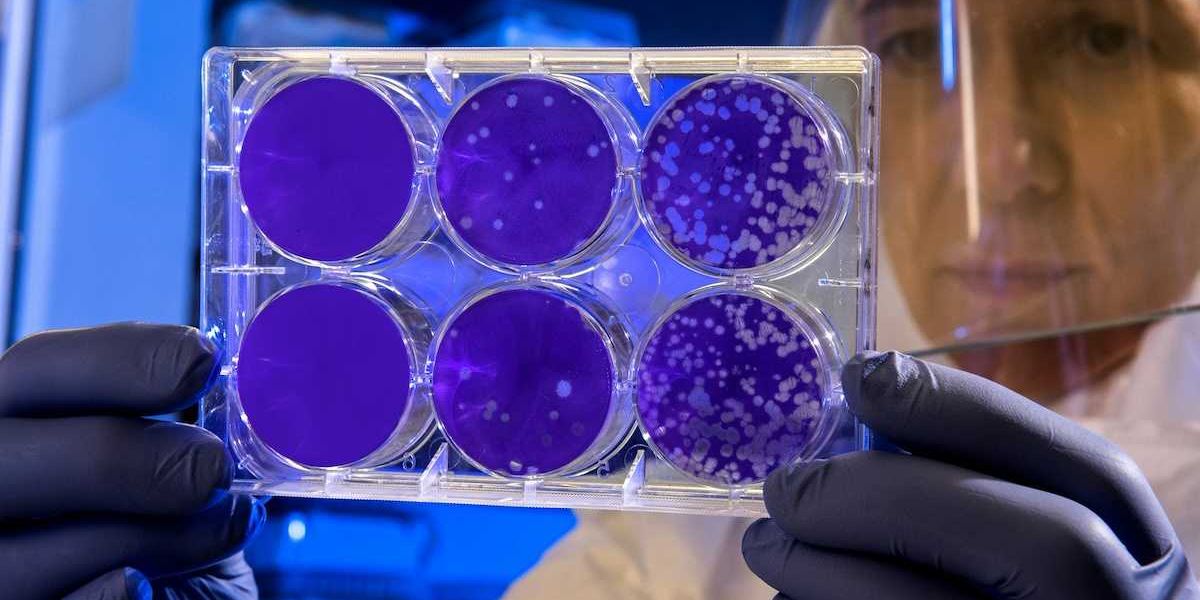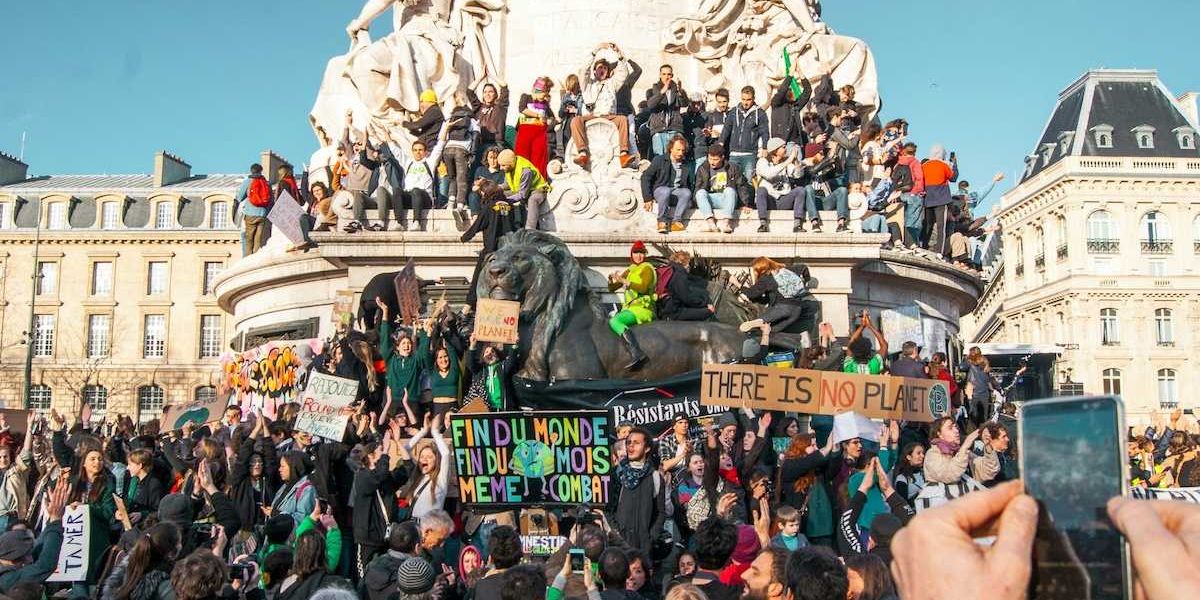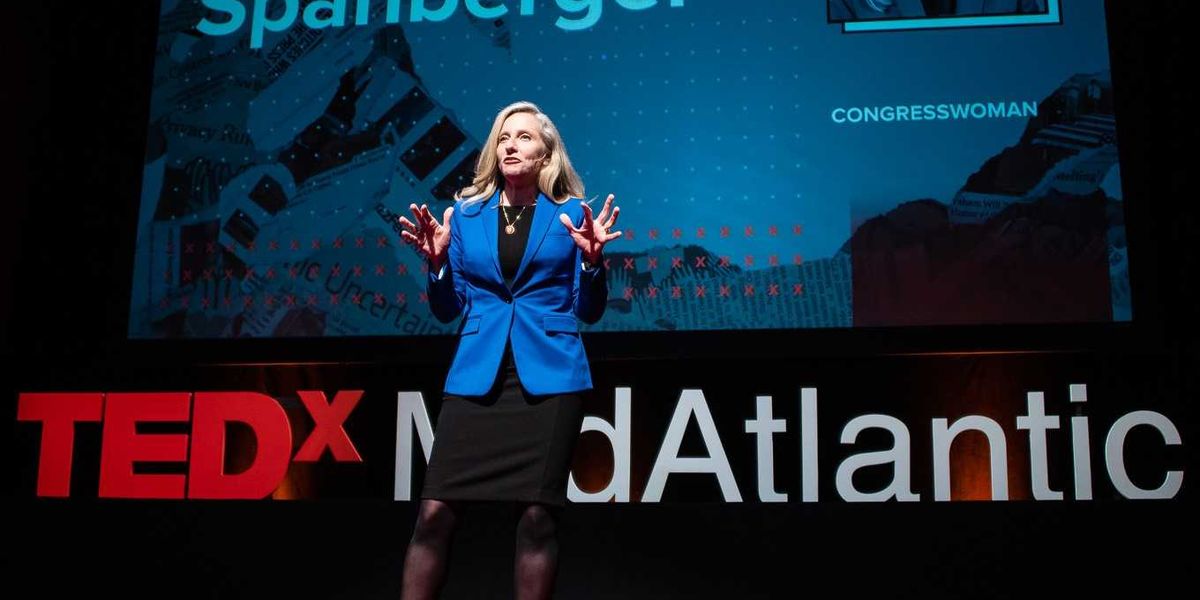New pricing system helps small town slash its garbage output
When Plympton, Massachusetts started charging by the bag for trash, it nearly halved the town’s garbage — and saved thousands of dollars in the process.
In short:
- Plympton cut its annual trash output from 640 to 335 tons after shifting from a flat-fee dump sticker to a “pay-as-you-throw” model charging per bag.
- The new pricing system incentivized recycling and composting, saving the town about $65,000 a year and reducing landfill-related emissions.
- Nearly half of Massachusetts municipalities now use PAYT, and experts say volume-based pricing drives waste reduction without unfairly burdening small or low-income households.
Key quote:
“We found that demand for waste disposal was really responsive to price. If you raise the price of trash, people are going to find ways to not put as much out at the curb.”
— John Halstead, retired professor of environmental economics at the University of New Hampshire and an author of a study on New Hampshire's pay-as-you-throw model
Why this matters:
Less landfill use means fewer toxics in the air and water, lower greenhouse gas emissions, and more recycled materials in circulation. Plympton’s story shows that smart policy doesn’t have to be punitive or complicated — it just has to make people see the cost of their choices, and let common sense do the rest.
Read more:













